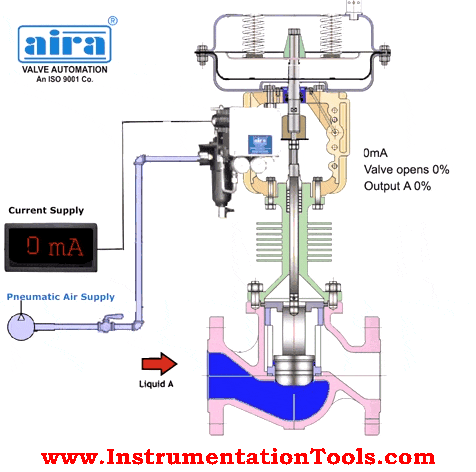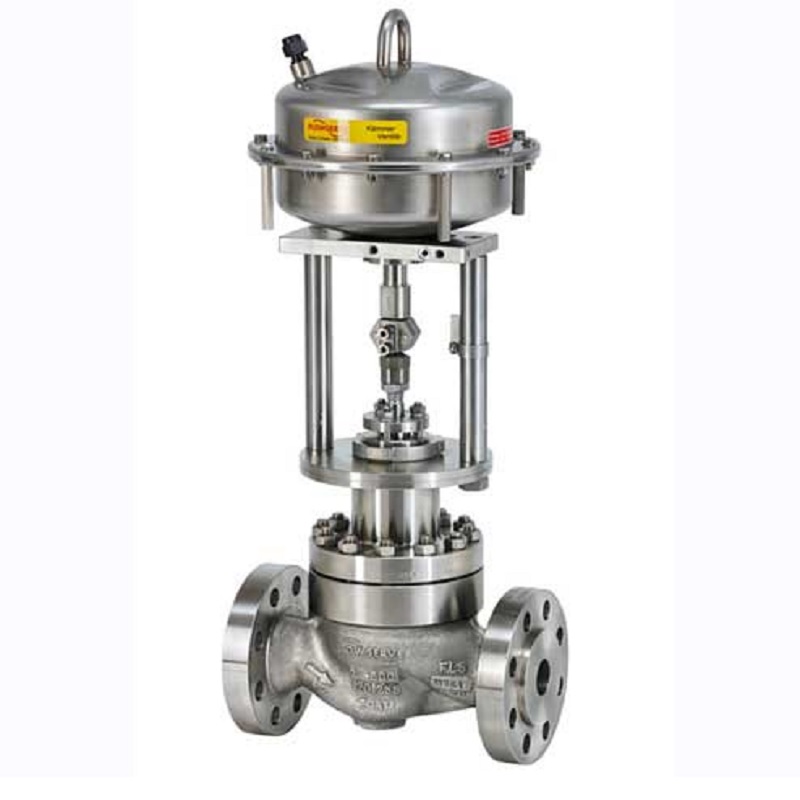Ingenious Control Valves: Enhancing Accuracy and Dependability
Ingenious Control Valves: Enhancing Accuracy and Dependability
Blog Article

Maximize Energy Cost Savings and Comfort With Advanced Structure Automation Controls
In the realm of contemporary style and center management, the combination of innovative building automation manages stands as a crucial development. By using the power of automation, buildings can adapt, react, and advance in ways that were as soon as unbelievable.
Energy Performance Benefits
Power performance advantages can dramatically lower power usage and functional prices in structures. Energy-efficient systems, such as sophisticated building automation controls, can optimize the usage of sources like cooling, lights, and home heating, leading to lower power costs over time.
Furthermore, enhanced power effectiveness can extend the lifespan of building tools and systems. By running a lot more effectively, a/c systems, lighting fixtures, and other structure elements experience less damage, causing minimized maintenance and replacement prices. Additionally, energy-efficient buildings often regulate greater home worths and rental prices, providing lasting economic advantages to proprietors.
Additionally, power effectiveness can boost passenger convenience and efficiency. Appropriately controlled interior atmospheres with ideal lights and thermal conditions create an even more conducive and positive work space, causing enhanced employee complete satisfaction and efficiency. In general, the power effectiveness advantages associated with innovative building automation controls are diverse, encompassing cost financial savings, environmental stewardship, and owner health.
Boosted Convenience Control
Enhancing comfort control in structure atmospheres needs an advanced integration of advanced automation systems for optimal passenger health. By utilizing sophisticated structure automation controls, centers can tailor the indoor setting to fulfill the specific demands and choices of passengers. These systems make it possible for specific policy of air flow, lights, and temperature level, developing a productive and comfy atmosphere. Owner complete satisfaction and performance are very closely linked to thermal convenience, making it necessary to have systems in place that can adapt to transforming conditions in real-time.
By incorporating these innovative controls, buildings can not only boost comfort however additionally improve energy performance by optimizing system procedures based on real occupancy and usage patterns. Inevitably, focusing on resident convenience via advanced automation systems leads to a much more delightful and healthier indoor atmosphere.
Functional Efficiency Improvements

Furthermore, the execution of real-time monitoring and analytics devices makes it possible for building operators to recognize power inefficiencies and functional abnormalities promptly. By continuously checking energy usage patterns and system performance metrics, modifications can be made in real-time to maximize power consumption and guarantee peak operational effectiveness. control valves. In addition, including demand reaction methods right into structure automation controls can further improve functional performance by dynamically adjusting energy usage based anchor on grid conditions and pricing signals
Indoor Climate Optimization
Effective interior environment optimization is an essential facet of structure automation controls, making sure occupants' convenience and health have a peek at this site while optimizing power financial savings. By making use of innovative sensing units and controls, constructing automation systems can continually check and readjust temperature level, humidity levels, air quality, and ventilation to create an optimum interior atmosphere. Preserving consistent and comfortable problems not only enhances owner complete satisfaction but also boosts performance and general wellness.
Indoor environment optimization likewise plays an important function in energy performance. By fine-tuning cooling, air flow, and heating systems based upon real-time data and tenancy patterns, developing automation controls can significantly lower energy consumption - control valves. Implementing approaches such as demand-controlled air flow and thermal zoning can help lessen energy waste while making sure that each area of the structure receives the needed conditioning.

Sustainable Setting Production
Building automation controls not just maximize interior climate conditions for power effectiveness and resident comfort but additionally lay the structure for producing a sustainable setting via calculated administration of systems and sources. By integrating sophisticated building automation technologies, such as sensing units, actuators, and intelligent software, centers can change and monitor power use in real-time to reduce waste and reduce their carbon impact. These systems enable anticipating maintenance, identifying possible issues prior to they intensify and maximizing devices performance to improve longevity and performance.
Furthermore, Get More Information lasting atmosphere production prolongs past energy monitoring to encompass water preservation, waste reduction, and interior air quality enhancement. Structure automation controls can control water use, discover leakages, and guarantee correct waste disposal practices, contributing to total sustainability efforts. Furthermore, by keeping track of and regulating air flow and filtration systems, these modern technologies enhance passenger wellness and productivity while reducing power consumption related to cooling and heating operations.
Final Thought
To conclude, advanced building automation manages deal substantial benefits in terms of energy cost savings, convenience control, functional efficiency, indoor climate optimization, and producing a lasting setting. By implementing these controls, buildings can accomplish ideal efficiency while lowering energy consumption and enhancing passenger convenience. It appears that using advanced automation technology is important in boosting structure efficiency and developing an extra lasting future.
Power efficiency benefits can significantly decrease energy usage and operational prices in buildings. In general, the energy efficiency benefits associated with advanced building automation controls are complex, incorporating price financial savings, ecological stewardship, and passenger wellness.
Additionally, incorporating need reaction techniques right into structure automation controls can even more enhance functional efficiency by dynamically readjusting power usage based on grid problems and prices signals.
Structure automation manages not only maximize indoor environment conditions for energy effectiveness and resident convenience however also lay the foundation for producing a lasting atmosphere through calculated management of sources and systems.In verdict, advanced structure automation manages deal significant advantages in terms of energy cost savings, comfort control, functional efficiency, interior environment optimization, and producing a lasting atmosphere.
Report this page